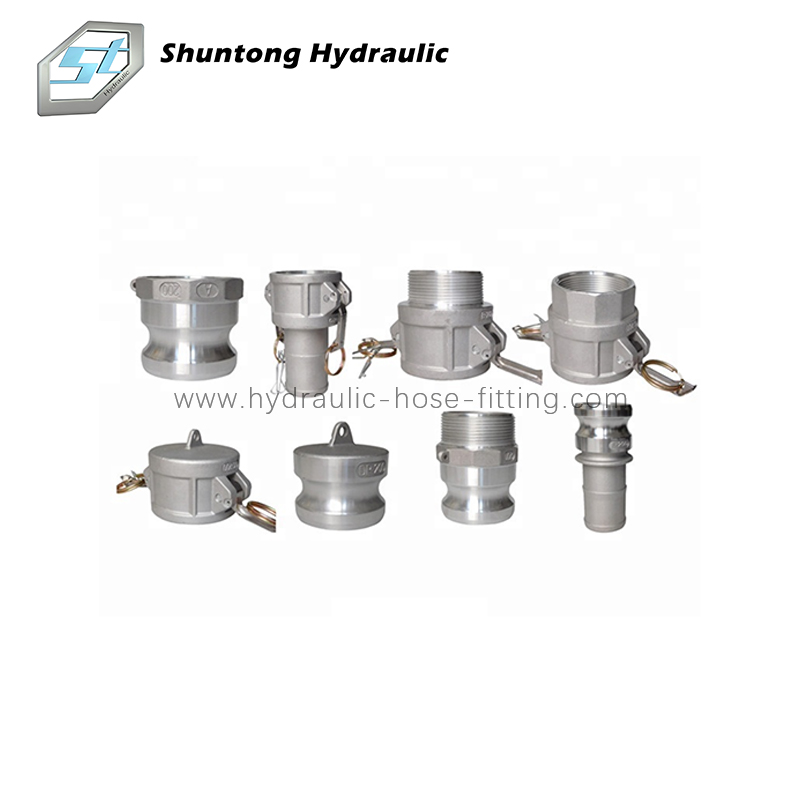Characteristics of camlock couplings
2023-10-18
Camlock couplings, also known as cam and groove couplings, are widely used in various industries for quick and secure connections of hoses, pipes, and tubing. They are designed to provide a leak-tight and easy-to-use connection system for fluid transfer applications. Camlock couplings are popular due to their simplicity, versatility, and efficiency in connecting and disconnecting fluid lines.
Here are some key features and characteristics of camlock couplings:
1. Design: Camlock couplings consist of two main parts: a male adapter (also called the "male cam" or "plug") and a female coupler (also called the "female cam" or "socket"). The male adapter has a cam arm that inserts into the groove of the female coupler, creating a secure connection. The design allows for quick and easy connection and disconnection with a simple lever action.
2. Types and Sizes: Camlock couplings come in various types and sizes to accommodate different applications. The most common types are Type A, B, C, D, E, F, DC, and DP. Each type has a specific combination of male and female ends, varying in terms of the shape and size of the cam arms, groove design, and sealing mechanism. The most commonly used types are Type A (with male adapter and female coupler) and Type B (with female adapter and male coupler).
3. Materials: Camlock couplings are available in different materials to suit various operating conditions and fluid compatibility requirements. Common materials include aluminum, stainless steel, brass, and polypropylene. The material selection depends on factors such as the type of fluid being transferred, temperature, pressure, and chemical compatibility.
4. Sealing: Camlock couplings generally provide a reliable and tight connection, but they are not inherently designed for high-pressure or vacuum applications. To enhance the sealing capability, some camlock couplings include sealing gaskets or O-rings made from materials such as Buna-N, EPDM, Viton, or PTFE. These seals help prevent leakage between the male and female ends.
5. Versatility: Camlock couplings are widely used in industries such as petroleum, chemical, agriculture, food processing, and many others. They can connect hoses, pipes, or tubing of various sizes and materials, facilitating quick changes or connections during fluid transfer operations.
6. Safety Features: Some camlock couplings offer additional safety features, such as locking arms or safety pins, to prevent accidental disconnection during operation. These features provide an added level of security, especially in critical applications.
When using camlock couplings, it is essential to ensure proper sizing, material compatibility, and sealing integrity. Regular inspection and maintenance of the couplings, including checking for wear, damage, or corrosion, are important to ensure safe and reliable operation.
Note that camlock coupling standards, dimensions, and terminology may vary across different regions or industries. It is recommended to consult the specific manufacturer's instructions and guidelines for proper selection, installation, and usage of camlock couplings in your particular application.



